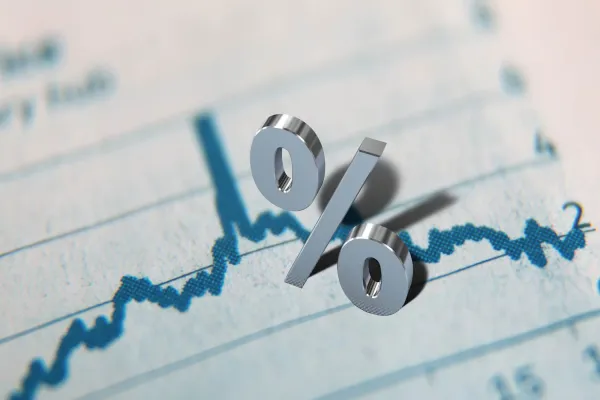New Pipeline on the block
At the Los Alamos National Laboratory in New Mexico in the 1990s, physicist Fred Federspiel worked on questions of cosmological significance. He was part of a team whose 1995 discovery that subatomic neutrinos have mass led many scientists to conclude that the still-expanding universe could begin to contract in 10 billion to 20 billion years.
Next to that, how hard could it be to find a way for institutional traders to instantaneously move huge blocks of stock without adversely affecting the share price? Federspiel, now CEO of New Yorkbased Pipeline Trading Systems, believes he has a solution after five years of development. He expects more than 20 customers, including Barclays Global Investors and Fidelity Investments, to begin finding "natural contraliquidity" through the Pipeline system when it goes live in the third quarter.
Federspiel, who earned a nuclear physics Ph.D. from the University of Illinois, is hardly the first to tout a potential Holy Grail for block trading. Others, such as fund manager network Liquidnet and Investment Technology Group's Posit trade-crossing system, have attracted liquidity from major exchanges. But so far no platform is dominating the business, indicating that investment firms have not settled on an ideal route to best execution.
"We let in the whole community -- buy side, sell side and hedge funds," explains Federspiel. The 41-year-old takes a page from both Liquidnet and Posit in linking counterparties anonymously. Pipeline differs from these systems, however, in that its orders must be made in fixed blocks of 25,000 or 100,000 shares and are immediately executable.
Like any marketplace, Pipeline will have to prove itself by the firms and liquidity it attracts. Says a trading executive at a major securities firm who asked not to be identified: "I evaluate systems all the time and have never seen anything like this. It's a totally new concept." -- Steven Brull
The flow into forex
During the Internet boom dozens of high-tech trading platforms competed for liquidity and order flow in stock and fixed-income markets. The collapse brought consolidation. Now just a handful of electronic communications networks vie in equities, and only two survivors figure prominently among fixed-income marketplaces: Market-Axess Holdings and TradeWeb Group.
Foreign exchange is another story. At $1.2 trillion a day, the biggest of all financial markets is still fertile ground for e-trading systems. Cantor Fitzgerald's technology affiliate, ESpeed; bank-owned liquidity pool FXall; State Street Corp.'s FX Connect network; and independent start-ups Currenex and Hotspot FXi are just a few of the venues where corporations, financial institutions and even individuals can trade currencies online.
Now a new entry is in the wings: Lava Trading's Lava FX. Lava Trading "has always had the objective of adding new security classes, and eFX is one of the fastest-growing. A lot of the technology we need [for forex trading] is already built," explains company chairman and CEO Richard
Korhammer, 38, who expects to build on Lava's base of more than 100 clients. Most of those clients are buy-side customers of top brokerages who are using Lava to seek out liquidity across equities markets and execute trades with split-second precision.
Former Hotspot CEO David Ogg, 48, joined Lava last August to head LavaFX. The system is within a few months of release.
"Three or four years ago, it was counterintuitive to expect so many players in FX," says Timothy Sangston, a principal of Greenwich, Connecticut, consulting firm Greenwich Associates. In a recent study Sangston estimated that eFX volume doubled last year, to $8 trillion. "They come at it from different directions -- Lava is from equities, ESpeed from fixed-income, FX Connect serves fund managers -- but the market is so big that you can do well if you find the right niche." -- Jeffrey Kutler





